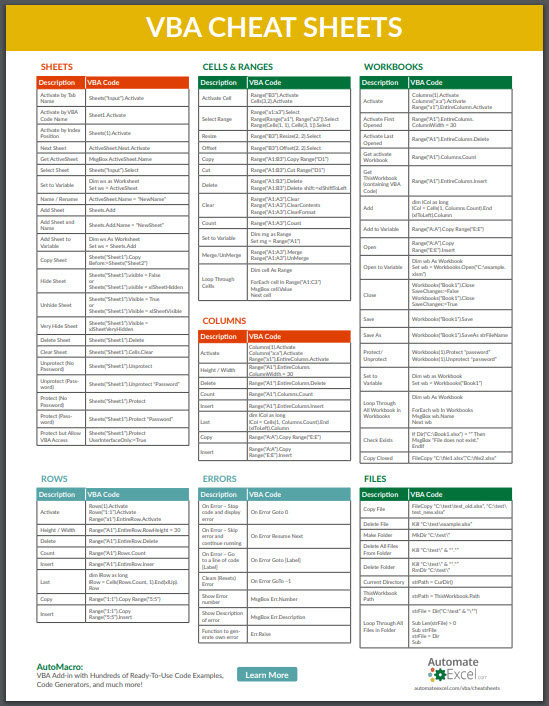Excel Mastery: Auto Duplicate Data to Another Sheet Easily

Microsoft Excel, an essential tool for data analysis, is often appreciated for its robust capabilities, including managing large datasets, performing complex calculations, and maintaining data integrity. However, one feature that users frequently overlook or struggle with is the automatic duplication of data from one worksheet to another. Here's how you can set up Excel to automate this process, saving you time and reducing the risk of errors.
Understanding Excel’s VLOOKUP and HLOOKUP Functions

Before diving into automation, let’s quickly review VLOOKUP and HLOOKUP, which are fundamental for copying data:
- VLOOKUP: Looks for a value in the first column of a range, then returns a value in the same row from another column.
- HLOOKUP: Similar to VLOOKUP but searches in the first row and returns a value from the same column.
Using VLOOKUP for Data Copying

If you need to copy data from one sheet to another based on a unique identifier, follow these steps:
- Prepare your data: Ensure the source sheet has a unique column identifier.
- Set up the destination: Create the structure in the destination sheet where you want the data to appear.
- Enter VLOOKUP:
VLOOKUP(lookup_value, table_array, col_index_num, [range_lookup])- lookup_value: The identifier to match in the source sheet. - table_array: The range of cells in the source sheet containing the data. - col_index_num: The column number in the source sheet from which to retrieve the value. - range_lookup: FALSE to find an exact match; TRUE for approximate match.
Automating Data Duplication with Excel Macros

Macros provide a way to automate repetitive tasks, like data duplication. Here’s how to set up a simple macro for this purpose:
Steps to Create a Macro for Data Duplication

- Enable Developer Tab: Go to
File > Options > Customize Ribbonand checkDeveloper. - Record a Macro:
- In the Developer tab, click
Record Macro. - Name your macro, assign it to a button or shortcut key if you wish.
- Perform the steps for copying data manually, then stop recording.
- In the Developer tab, click
- Edit the Macro:
- Open the Visual Basic Editor via
Developer > Visual Basicor Alt+F11. - Find your macro in the Project Explorer.
- Modify the macro code if necessary, ensuring the macro can dynamically pull data from the correct source sheet to your destination sheet.
- Open the Visual Basic Editor via
💡 Note: Macros can be powerful but also introduce security risks. Always verify macros from trusted sources before enabling them in your workbooks.
Using Excel Tables for Dynamic Updates

Excel tables offer another method for automatic data duplication:
Why Use Excel Tables?

- Structured references for easier formula writing.
- Automatic expansion when new data is added.
- Dynamic updating when linked to other tables or sheets.
Setting up Data Duplication with Tables

- Convert Data to Table: Select your range of data and use
Insert > Table. - Link to Another Table:
- In your destination sheet, create a new table with the same headers.
- Use structured references like
=SourceTable[ColumnHeader]to fetch data.
Conclusion

Mastering the art of automatic data duplication in Excel not only saves time but also ensures data accuracy and consistency across your workbooks. Whether you prefer the simplicity of VLOOKUP, the power of macros, or the dynamic nature of Excel tables, these methods provide you with the tools needed to manage your data efficiently. Remember, Excel’s true potential lies in automating and streamlining your workflow, allowing you to focus on analysis and insights.
Can I use VLOOKUP with multiple conditions?

+
VLOOKUP can’t handle multiple conditions directly. However, you can use array formulas or combine multiple VLOOKUPs with IF statements for complex criteria.
How can I protect my macros from being edited?

+
To protect macros, save your workbook as Excel Macro-Enabled Template (.xltm) and set a password for modifying the VBA project in the VBA editor.
What are the limitations of Excel tables?

+
While tables provide many benefits, they have limitations. They don’t support some advanced Excel features, like array formulas, and can’t be embedded within other objects like pivot tables.